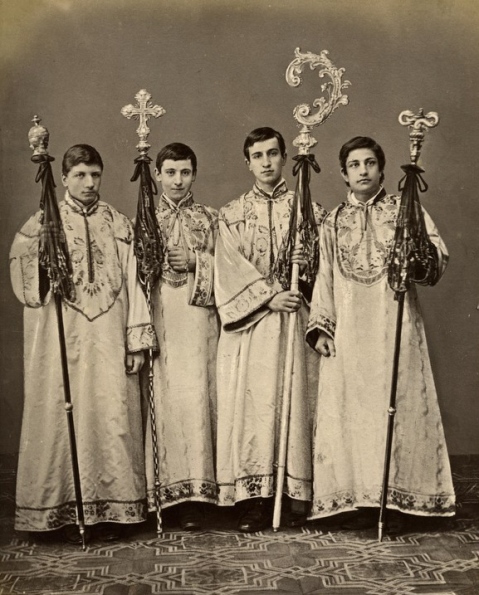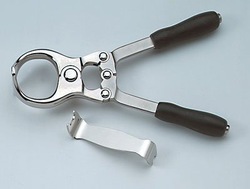Castrati: An unknown musical genre
For many years, boys and men would use castration as a means to keep their voices at a higher pitch. These opera singers were known as the castrati, and were prevalent during the Baroque period. The castrati were composed of male singers who were sopranos and altos, this made up 70 percent of the singers at the time period.
The number of men/boys castrated during the 17th and 18th century in Europe was about 4,000. The boys would engage in castration as young as eight years old to ensure that their vocal chords would not mature, hence making the procedure futile.
This was highly prevalent because during this time, women were not allowed to sing in accordance to the Catholic Church’s strict guidelines back then. Therefore it was necessary for some men to have higher pitched voices to make up for the absences of women. Not every boy or man was castrated, however because they were handpicked based upon their singing capabilities. The boys and men who were picked and did the surgery were making a huge sacrifice for their musical careers.
The last known castrato was Alessandro Moreschi. Castration was outlawed in 1870 by the Italian government. Moreschi’s voice was the only captured and recorded voice of castrati in 1902.
…but why?
Although there are reasons for which castration is necessary why do some people voluntarily perform the procedure? Here are some alternative reasons for which people feel the need to indulge in this procedure.
- Religious fanatics sometimes feel as though they will become closer to God if they are castrated. Hence, the sometimes indulge in self-inflicted castration.
- Some men voluntarily allow castration to occur in hopes of wealth in the future.
- Opera singers used to use castration as a method for which their voices would remain at a higher pitch.
History includes a few well known men who were Eunuchs.
Thomas Corbett was involved in Abraham Lincoln’s assassination and was a castrated man. He utilized the procedure because he had a weakness for prostitutes and therefore performed self-castration as a means to quiet his sexual desires. He performed the procedure using a pair of scissors.
Another famous eunuch was Alessandro Moreschi, an opera singer. He was the last castrati, and the only one who was ever recorded singing.
Physical Castration Methods
Although chemical castration does not remove any part of the male’s anatomy, the three other types of castration do. The three types of castration which involve physically removing a part of the males anatomy are:
1) Surgical Castration
2) Burdizzo Castration
3) Banding and Cutting
Each of the previously mentioned methods of castration remove a part of the male anatomy in various ways.
Surgical castration entails removing the vas deferens during a long surgical procedure. This form of castration is used many times for men that have prostate issues such as cancer which needs to be removed. Since the procedure is highly invasive, it also poses a high risk to life due to any unforeseen complications.

Surgical castration, also known as an Orchiectomy.
Burdizzo castration utilizes a plier like device which crushes the vas deferens and arteries leading to the testis. After blood supply is lost to the testis the testis die. This procedure is very painful and requires painkillers to suffice some of the pain associated with it.
Lastly, banding and cutting is seemingly self explanatory. By utilizing extremely tight elastic around the tip of the scrotum, the area under the band is cut off. Therefore the area which is cut off includes the testis and the scrotum. Profuse bleeding can result from this procedure, which is why it is considered to be a very dangerous procedure.

Banding and Cutting method of castration.




